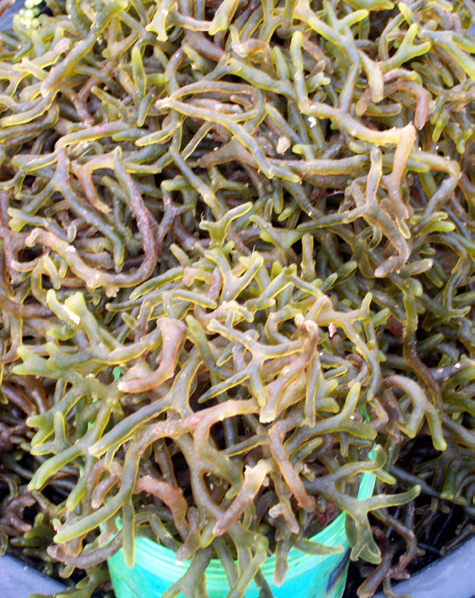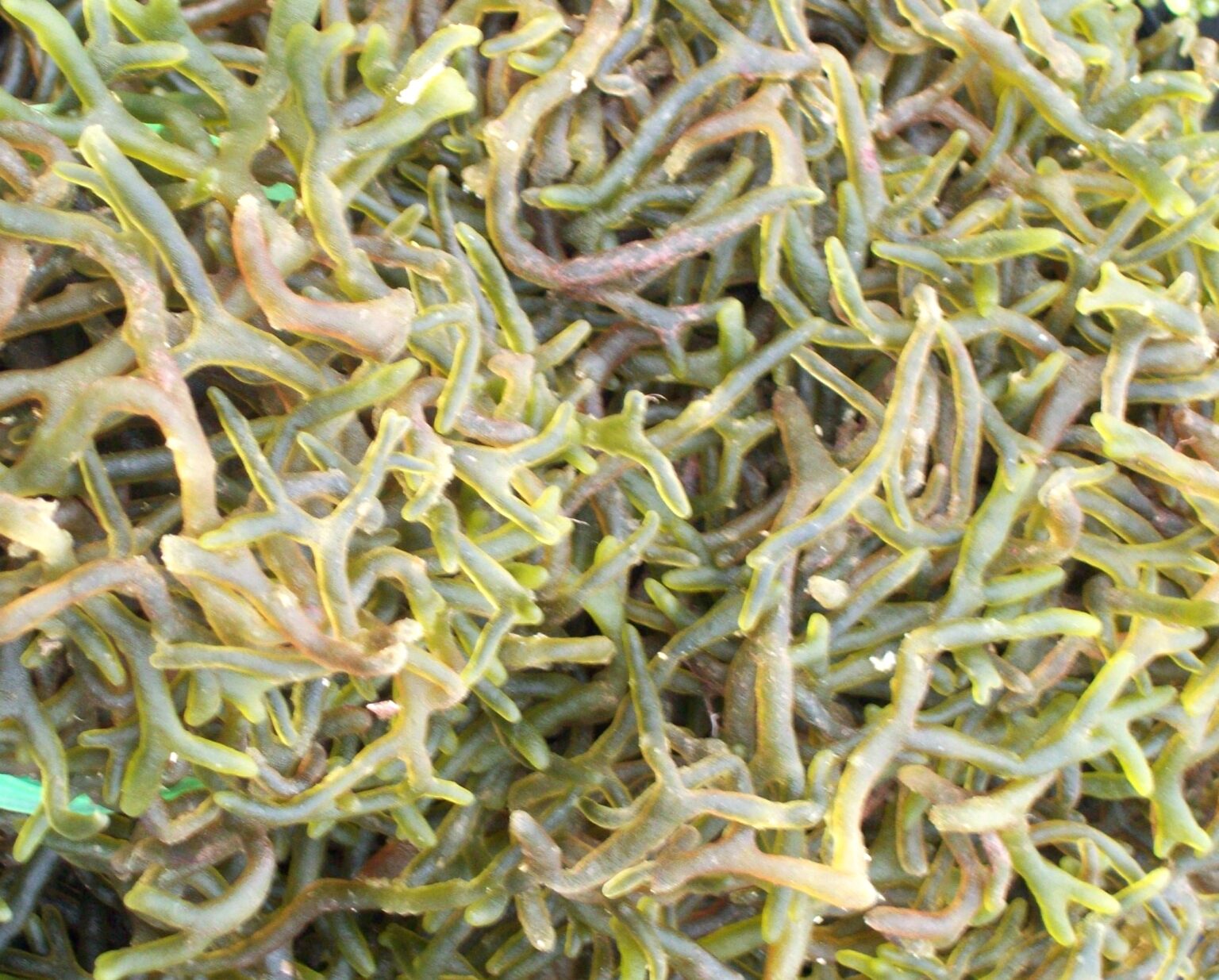
Ninety-one albacore tuna (Thunnus alalunga) captured during the 2003 commercial fishing season were tested for total mercury content in muscle tissue. One-way analysis of variance (ANOVA) showed that the concentration of metals was significantly different (p < 0.05) with respect to different species around the study area. calyculus contained the highest concentration of heavy metals as compared to other algal species. Metal pollution index (MPI) of six seaweed species were observed in the following decending order: A. Cu and Cr did not show its pres-ence in any of the seaweeds that was sampled.
Guso seaweed philippines free#
It is observed that Zn was only present in free floating brown seaweed S. In the present inves-tigation, heavy metal concentration levels in the following order: Mn > Pb > Cd. Metals were extracted from sample homogenates and quantified by atomic absorption spectrometry.


All studied elements (except As) presented higher amounts from Varna Lake grey mullet compared with Neserbar region samples.Ĭoncentration levels of Mn, Pb, Zn, Cd, Cu and Cr in six seaweed samples (Acetabularia calyculus, Corallina sp., Galaxura marginata, Sargassum duplicatum, Sargassum swartzi and Dict-yota bartayresiana) were determined from Wandoor, south Andaman Island. The results for other heavy metals are several times lower than arsenic and were found in range 0.01-0.12 mg/kg w.w. The samples from both regions showed the higher levels of As in edible tissue than gills, especially from Region of Nesebar (1.1 mg/kg w.w.). Detected levels of As in the studied regions gives exceed those of other analyzed elements. Determination of As, Cd, and Pb were carried out on a Perkin Elmer Zeeman 3030 spectrometer with an HGA-600 atomizer, whereas Hg was analyzed by Milestone Direct Mercury Analyzer. The sample preparation was performed by acid microwave digestion with "Multiwave" system in five stages program. The fish samples were collected from two different Black sea areas - Varna Lake and Nesebar. The aim of the present study was to determine and compare heavy metal contents (Pb, Cd, As and Hg) in edible tissue and gills of grey mullet (Mugul cephalus). cephalus is an omnivore and usually inshore, entering estuaries and lagoons, like Varna Lake. Gray mullet (Mugil cephalus) is commercially important marine school pelagic fast moving fish species especially during warm weather. Since almost all the metals were tested and reported in these seaweeds and seagrasses species. serrulata in Thondi station moderately absorbed the heavy metals. reticulata recorded as less ability to absorb these heavy metals in Ervadi coast, whereas seagrasses S.

hypnoides could be effectively capable to uptake the heavy metals in Kanyakumari coast. The present study analyzed the concentration of seven elements (Cd, Cu, Mn, Ni, Pb, Zi and Hg) in eight seaweeds such as Centrocerous clavutum, Sargassum wightii, Colpemenia sinosa, Spyridia hypnoides, Valoniopsis pachynema, Ulva reticulata, Gelidialla acerosa & Turbinaria ornata and two seagrasses such as Syringodium isoetifolium & Cymodocea serrulata collected from three stations along southeast coast of India. Generally, heavy metals enter into the aquatic environment through atmospheric deposition, erosion of geological matrix or due to anthropogenic activities caused by industrial effluents, domestic sewage and mining wastes.


 0 kommentar(er)
0 kommentar(er)
